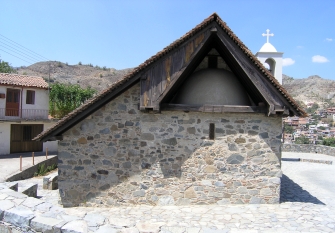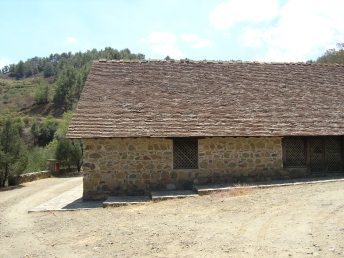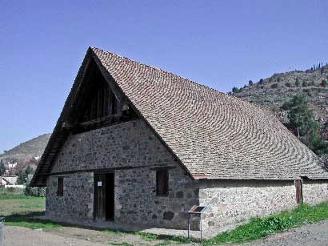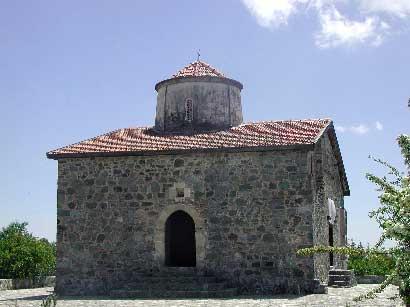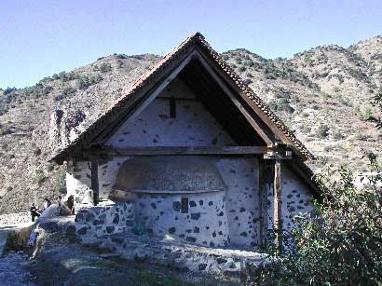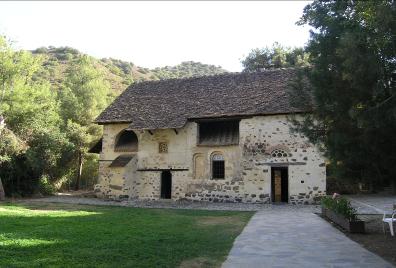
Location: South of Nikitari village on the foothills of the Troodos Mountains.
Founded: Erected between 1099 and 1105 by the magistrate Nikiphoros Ischyrios who, after his wife’s death took a monastic vow and became a monk under the name Nikolaos.
Architecture: Small, single-aisled church vaulted with a second timber roof covered with flat tiles, erected and adorned with frescoes between 1099 and 1105 to which a narthex with 2 semi-circular arches and calotte were added at the end of the 12th century. The exterior of the church was painted in 1105/6, whereas the narthex was decorated immediately after it was erected. Towards the end of the 13th century or at the beginning of the 14th century, the arch was rebuilt and the narthex redecorated resulting in wall paintings from different periods in the church.
Wall Paintings: The interior of the church was painted with the frescoes in 1105/6, whereas the narthex was decorated immediately after it was erected. Towards the end of the 13th century or at the beginning of the 14th century, the arch was rebuilt and the narthex redecorated resulting in wall paintings dating from different periods in the church.
The earliest are the most important ones distinguished for their colour, rhythm and harmony, restrained expression and mobility of movement. These wall paintings express the then new trends of Comnenian painting and experts believe they are of the few surviving frescoes that reflect the technique of Constantinople, thought to be the birthplace of the artist.
Of the original wall paintings only those on the east and west section of the church and sanctuary and a few others under the layer of the 14th century remain, including: The Dormition of Virgin Mary, the Assumption and the Communion of the Apostles. The oldest narthex wall painting which appears chronologically to belong to the original 1105 cycle is Panagia Phorviotissa on the arch over the original entrance to the church.
Only sections of the original beautification of the narthex dating to 1200 survive, under the more recent layers from1332/3. A mounted St George painted in the 13th century on the narthex’s south arch as a votive wall painting of a certain Nikiphoros Kallia, is most interesting and is part of a ‘portrait gallery’ of the numerous donors.
Also interesting is the wall painting of the Virgin with Frankish donors on the semi-dome of the southern arch of the narthex in which the female donor wears a long black veil common amongst refugees from Syria to Cyprus mourning the fall of Acre in 1291. Several wall paintings in the church, dating from the 17th century, survive including Christ Emmanuel, located in the sanctuary.
Marina Solomidou-Ieronymidou



